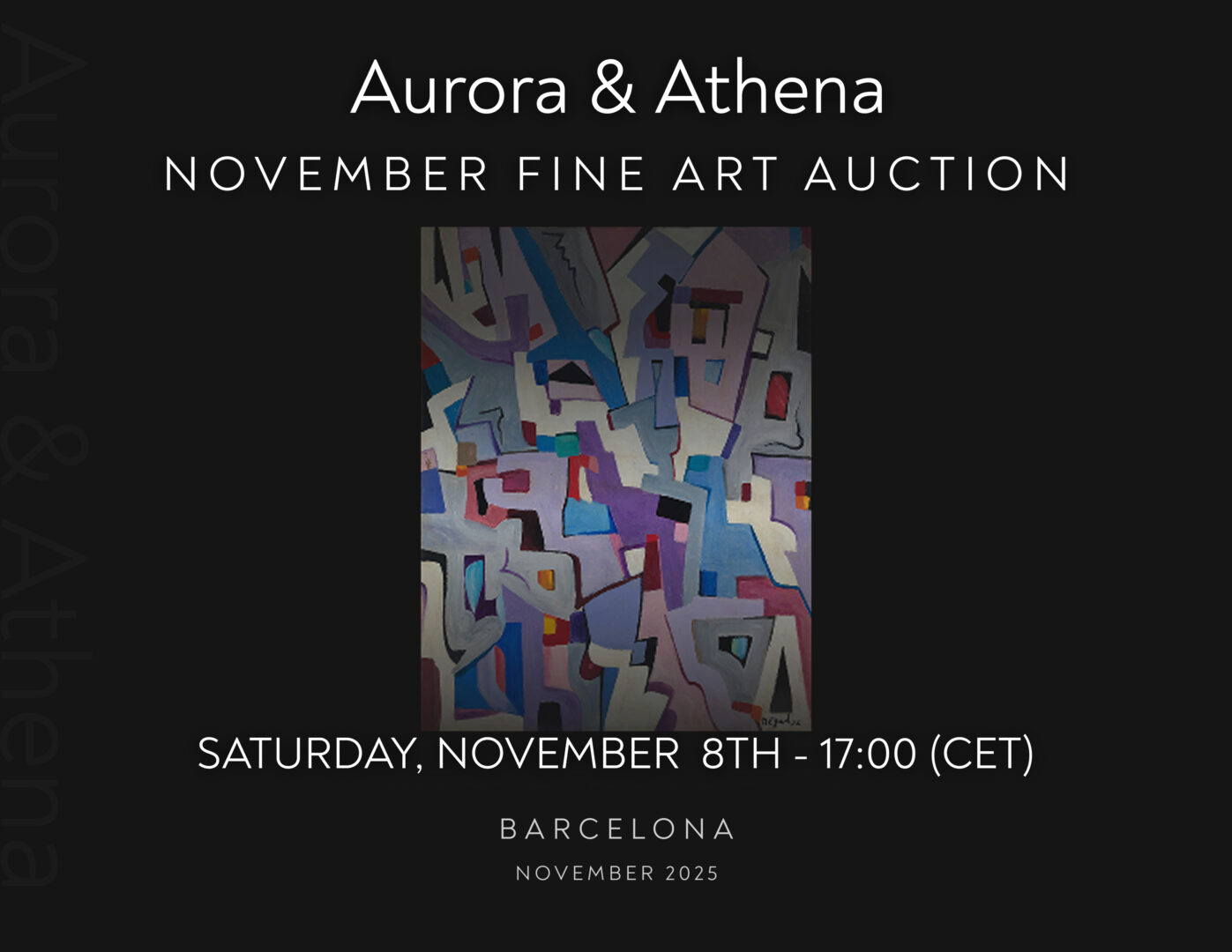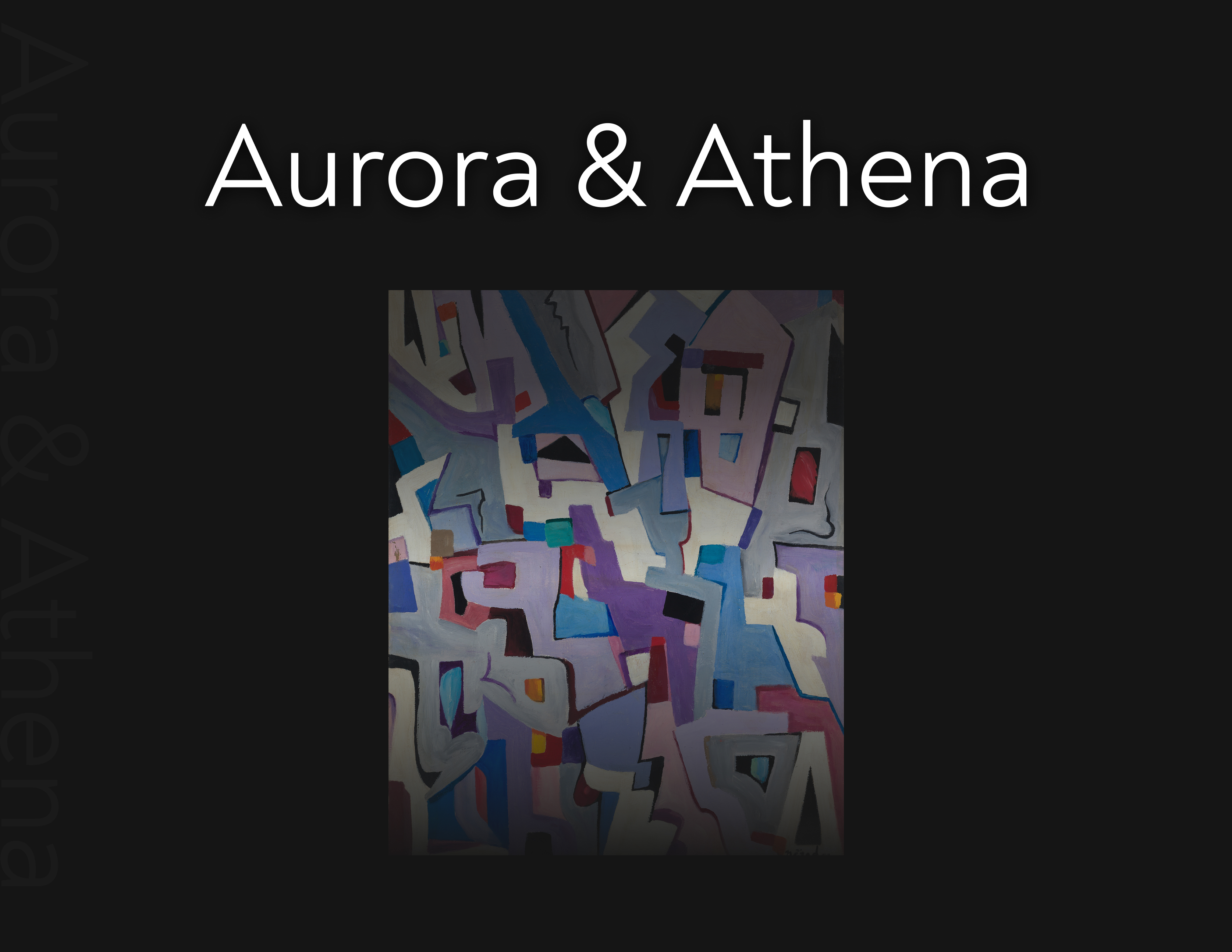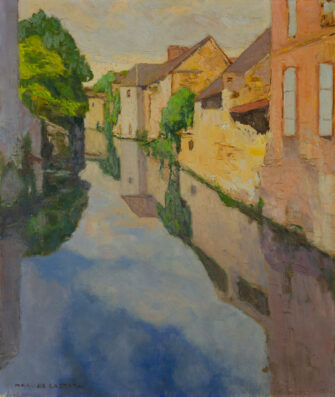
November Fine Art Auction 2025: 12 Unmissable Art Treasures Unveiled
Discover rare masterpieces at the November Fine Art Auction 2025 by Aurora & Athena. Explore top lots from global modern artists and bid online.

Signed lower left “Marco de Gastyne”.
Golden façades bathe in afternoon light as their reflections shimmer across a tranquil river—Marc de Casenave captures a fleeting harmony between architecture and nature. The warm tones of stone walls and lush green trees melt into the glassy blue of the water, inviting the viewer to pause in this moment of serene stillness.
Gastyne’s impressionist approach balances structure and spontaneity, infusing the ordinary with contemplative beauty. The scene evokes the quiet charm of provincial France, where the river becomes both path and mirror for the day’s light.
Private Collection.
Good vintage condition with some signs of wear. Unframed.
All lots are sold as is. See Section 4 of our Terms and Conditions for return policy.
All inquiries must be made prior to bidding, as no further details can be provided after the sale.
By placing a bid, you confirm that you have read and agree to our Terms and Conditions in full.
Marco de Gastyne, born Marc Henri Benoist in Paris in 1889, was a multifaceted French artist whose career spanned painting, illustration, and film. After formal training in the arts, he spent two formative years at the Villa Médicis in Rome (1911–1913) and gained early recognition as an illustrator for the satirical journal La Baïonnette. His visual sensibility soon transitioned into cinema, where he directed over fifteen films between 1922 and 1962. Among his most celebrated works is La Merveilleuse Vie de Jeanne d’Arc (1929), a landmark film in French historical cinema.
A figure deeply embedded in the cultural fabric of 20th-century France, de Gastyne came from a literary and artistic family—his father was the writer Jules de Gastyne, and his brother, Guy de Gastyne, was a noted designer. In his later career, he played a role in shaping popular culture by introducing singer Dalida to the screen in his 1954 film Le Masque de Toutankhamon. His personal life was marked by creative partnerships: first with his wife Mary Christian, a lyric singer, and later with actress Choura Miléna, who starred in many of his films.
